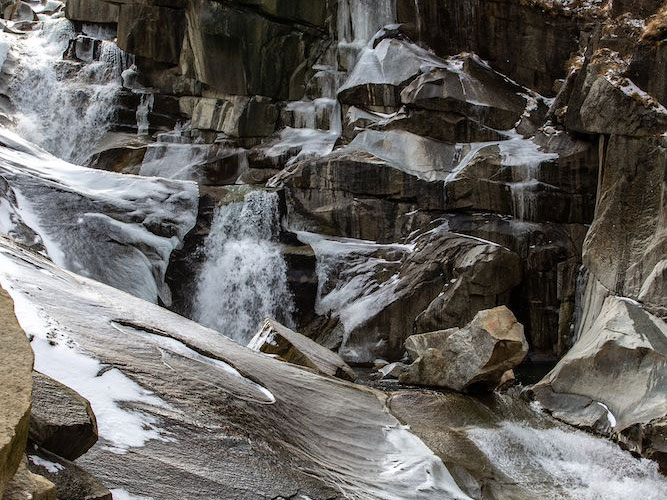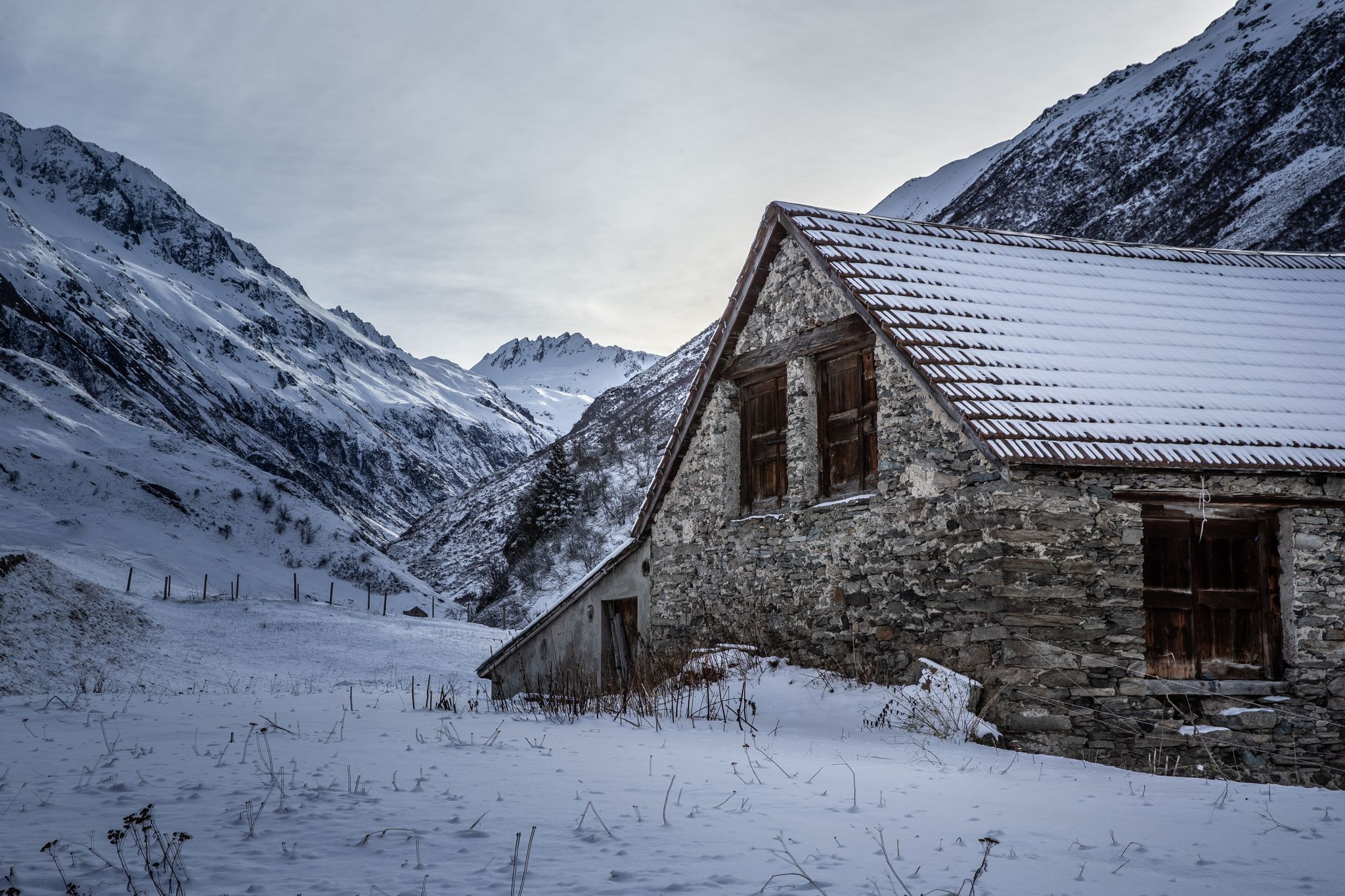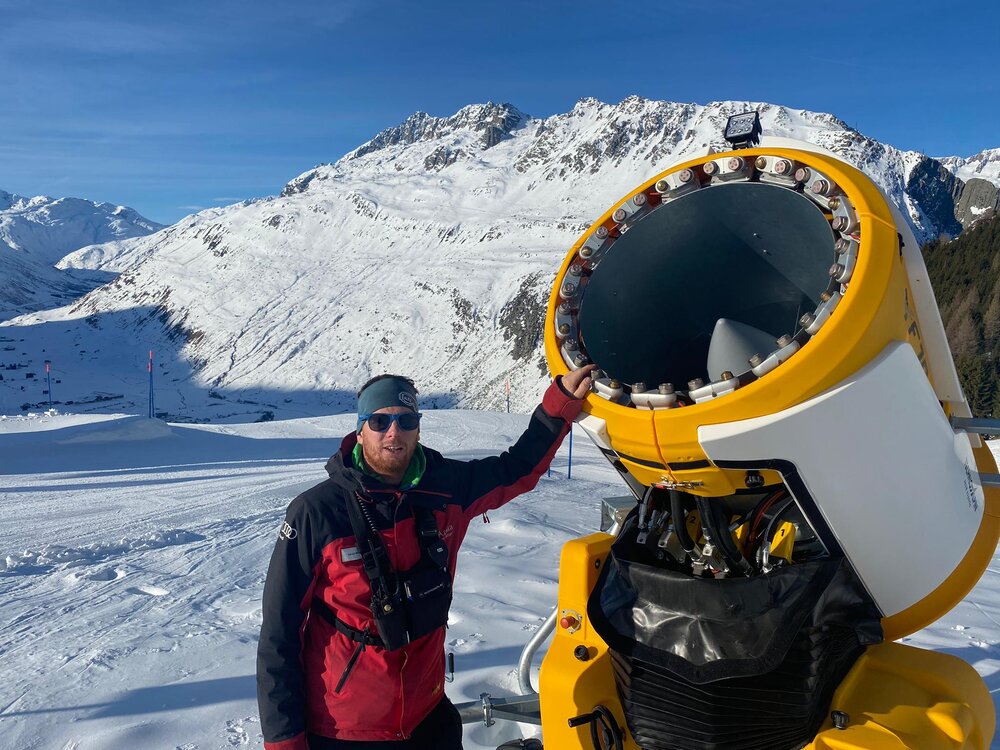Sustainable and high-density: That is how the properties of Andermatt Swiss Alps are built

Why are the properties of Andermatt Swiss Alps considered particularly sustainable?
Andermatt Swiss Alps’ motto is: High-density construction. What is already practised in many cities also applies in Andermatt at an altitude of 1,400 metres above sea level: fewer houses, but more volume per building. This is based on the conviction that larger volumes not only consume less energy, but also use less land.
How do you recognise sustainability in the architectural style?
There are only a few chalets planned in the village quarter of Andermatt Reuss, but all the more large buildings. Andermatt Reuss is also car-free, with short distances so that guests can reach everything in the village on foot or with public transportation.
How are the properties built?
The holiday apartments and hotels of Andermatt Swiss Alps meet the Minergie standard, a recognised Swiss quality label for sustainably and ecologically designed buildings with reduced energy requirements.
Who builds the properties?
Wherever possible, contracts are awarded to local and regional companies – both for construction and for operation. This not only promotes the local economy but also saves on emissions when travelling to the site.
How are the Andermatt Swiss Alps buildings heated and powered?
Electricity and heat are generated from renewable sources and ensure a CO2-neutral energy supply for all properties – with district heating from the Göschenen heating plant and wood from the region and Ticino.
Does this apply to all buildings of Andermatt Swiss Alps?
Not quite. The Chedi Andermatt hotel is heated entirely by district heating and is equipped with controlled ventilation in the rooms. But while it also has a high-quality, compact building envelope that meets the Minergie standard, it does not yet have a certificate. This is due to the lighting, which will be adapted gradually over the next few years. With other buildings, as well as the ski lifts and mountain restaurants that Andermatt Swiss Alps operates, the envelopes are built to the latest standards, but it is not possible to connect them to the district heating network. The pipelines would require digging trenches in the ground and cutting swathes through the forest, which in turn would cause major environmental damage.
What about environmental damage caused by the construction of ski slopes and other facilities?
Various environmental organisations were involved in the planning and construction of the golf course and ski area. The Reuss and Dürstelenbach rivers are being monitored online to register the impact of construction work. The Reuss was restored. The site of the golf course makes an excellent breeding ground for birds. This has been confirmed by the Swiss Ornithological Institute in Sempach in a study.
Who monitors compliance with these measures?
Since the start of construction work in 2009, Basler & Hofmann has been acting as environmental construction supervisor for Andermatt Reuss on behalf of Andermatt Swiss Alps. Together with Basler & Hofmann, other engineering firms are involved, such as Dr. Heinrich Jäckli AG with its focus on geology, the Swiss Ornithological Institute in Sempach, and Enviso Umweltplanung, which is responsible for the ongoing construction site inspections. This is done according to specifications approved by the Office for Environmental Protection of the Canton of Uri.





